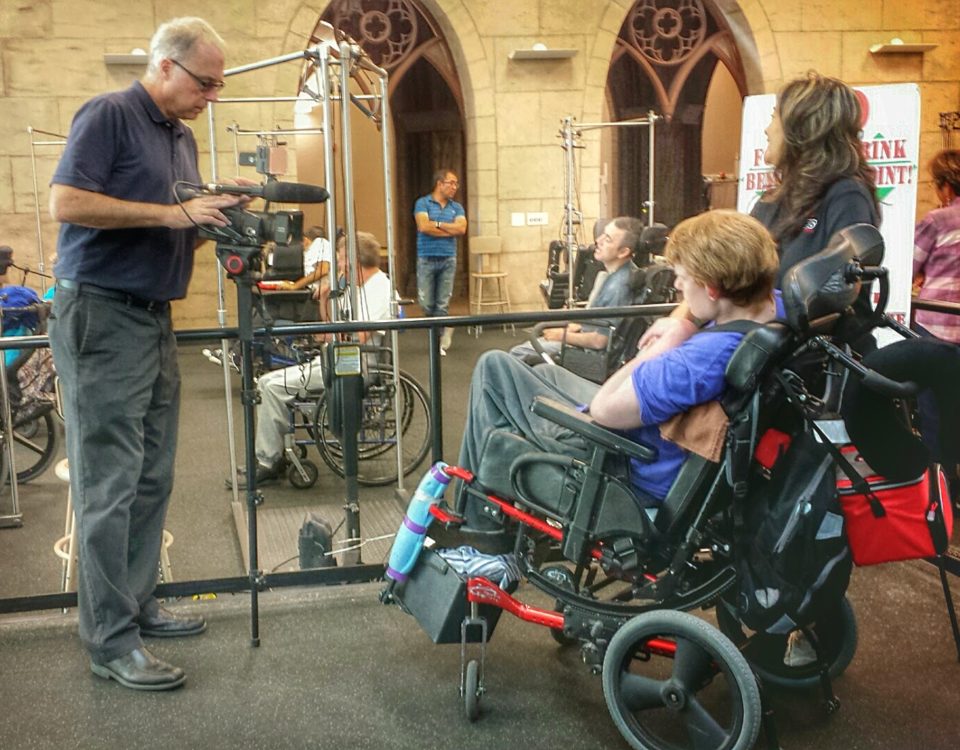- Have any questions?
- 626.335.9794
Daily Activities Video: Inadmissible hearsay or exception?

Life Before Injury Videos: Probative value v. undue prejudice
May 14, 2015
Admissibility of Day in the Life Documentary Videos
May 16, 2015Part 2 of the Day in the Life Video Admissibility Series
Go to Part 1 of this series: Admissibility of Legal Videos
The assertion day-in-the-life videos are in actuality inadmissible hearsay is found in several cases, most notably, Foster v. Crawford Shipping Company (3d Cir. 1974) 496 F.2d 788, 790. In Foster, the trial attorney for plaintiff, without notice to the court or to opposing counsel, went to plaintiff’s home with a video production crew and recorded a two-minute segment showing the plaintiff’s attorney “interrogating” the plaintiff. It shows plaintiff to be uncommunicative and in a partially catatonic state, responding with grunts and growls. Because plaintiff was declared an incompetent at the onset of trial, the court found the video to be witness testimony and not subject to cross-examination. The court declared “…any benefit which might have been derived in the fact-finding process by such an illustration was far outweighed by the prejudice of admitting what amounted to ex parte testimony from the absent incompetent.”
The court also found plaintiff’s counsel in Foster make no efforts to disclose the circumstances surrounding its preparation and discloses nothing about plaintiff’s state prior to or after the videotaping. Clearly, the video produced on this case lacked the proper support of authenticity, of fact and accuracy, fairness and relevance.
Typically, day in the life videos presented in trial are considered merely demonstrative evidence offered to 1) illustrate plaintiff’s contention or testimony of facts regarding plaintiff’s injury and the impact that injury has on plaintiff’s daily activities 2) and not presented to prove the truth of any matter and therefore treated as if it were a photograph.
As mentioned earlier, in Bannister, id. at 1269 the court acknowledged the defendant’s limitations to cross-examination the plaintiff regarding the events captured on film because the defendant was not present to question the injured party during the video’s creation. Nonetheless, the court concluded that the prejudice was lessened when the plaintiff could be cross-examined at trial regarding the events depicted in the film. “A witness’s testimony about observed assertive conduct when used to prove the truth of the assertion would be hearsay, and similarly, a film showing assertive conduct would be hearsay.”
The Grimes court addresses the defense’s assertion that daily activities videos are inadmissible hearsay. Surprisingly, the court agrees that the video is hearsay, but allows the video under the hearsay exception in Federal Rule of Evidence 802. The court statement is as follows: “Use of this exception is justified in this situation where the normal hearsay problems do not exist or can be remedied. There are no problems with perception, memory, or meaning, and any sincerity problems can be solved by having the verifying witness and the plaintiff-actor subject to cross-examination.” Again, any prejudice resulting from the admission of the hearsay is diminished by the defendant’s ability to cross-examine the person most knowledgeable.
Go to Part 3: Probative value v. undue prejudice




